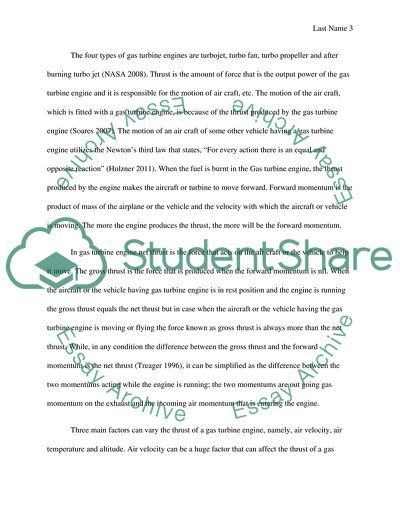Cite this document
(Gas Turbine Engine Configuration Essay Example | Topics and Well Written Essays - 1750 words, n.d.)
Gas Turbine Engine Configuration Essay Example | Topics and Well Written Essays - 1750 words. https://studentshare.org/engineering-and-construction/1764031-gas-turbine-engine-configuration
Gas Turbine Engine Configuration Essay Example | Topics and Well Written Essays - 1750 words. https://studentshare.org/engineering-and-construction/1764031-gas-turbine-engine-configuration
(Gas Turbine Engine Configuration Essay Example | Topics and Well Written Essays - 1750 Words)
Gas Turbine Engine Configuration Essay Example | Topics and Well Written Essays - 1750 Words. https://studentshare.org/engineering-and-construction/1764031-gas-turbine-engine-configuration.
Gas Turbine Engine Configuration Essay Example | Topics and Well Written Essays - 1750 Words. https://studentshare.org/engineering-and-construction/1764031-gas-turbine-engine-configuration.
“Gas Turbine Engine Configuration Essay Example | Topics and Well Written Essays - 1750 Words”. https://studentshare.org/engineering-and-construction/1764031-gas-turbine-engine-configuration.


